Colombo is the most densely inhabited city in Sri Lanka, with a population of over two million people. The city is located on the west coast of the island, south of the Kelani River, and is home to the colombo port, the largest and one of the busiest ports in Sri Lanka.
Colombo remains the island’s commercial center and a focal point of government and business activities. The city is where the headquarters of local and foreign banks, the Insurance Corporation, brokerage firms, and government corporations are located.
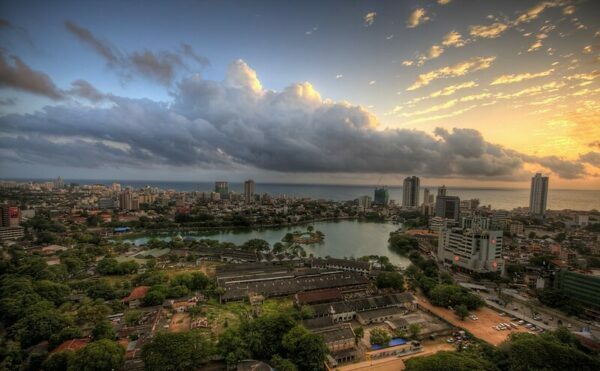
History of Colombo
- Over 2,000 years ago, Colombo was known to traders from the Indian, Greek, Persian, Roman, Arab, and Chinese cultures.
- In the 5th century CE, a Chinese traveler named Faxian referred to the harbor as Gaolanbu, making his account the first documented record of the location.
- Around the 7th century AD, Arabs began to settle in Colombo with a focus on trading.
- Ibn Battuta, a well-known Arab adventurer, visited Sri Lanka in 1344 and subsequently wrote a travelogue detailing his time in Sri Lanka. In his travelogue Colombo is referred as Kalanpu.
- In 1505, Portuguese explorers under the command of Dom Lourenço de Almeida made their first expedition into Sri Lanka.
- Colombo was taken by the Dutch in 1656 following a protracted siege.
- In 1948, when the country gained independence, its role as the capital was retained.
- In 1978, When administrative activities were relocated to Sri Jayawardenepura Kotte, Colombo was recognized as Sri Lanka’s commercial capital.
History Behind the Name, Colombo
The term ‘Colombo,’ originally used by the Portuguese in 1505, is said to be derived from the Sinhala word Kolon thota, which stands for “port on the Kelani River.” Another theory holds that the name is derived from the Sinhala word “Kola Amba Thota” which stands for “harbour with green mango trees.”
The Pettah, named after the Tamil phrase pettai, which means “the town outside the fort,” are the oldest parts of the city and are located close to the harbour and to the north of Beira Lake.
20 Best Places To Visit In Colombo
- Lotus Tower
- Galle face Green
- Colombo Independence Square
- Gangaramaya Temple
- Seema Malakaya
- Kelaniya Raja Maha Vihara
- Old Dutch Hospital
- Pettah Shopping District
- Pettah Floating Market
- Khan Clock Tower
- National Museum of Colombo
- Viharamahadevi Park
- Pettah Floating Market
- Red Mosque
- Colombo Dunes ATV Track
- Port City Marina Promenade
- One Galle Face Mall
- Arcade Independence Square Mall
- Diyatha Uyana
Ministry Of Crab Restaurant
Lotus Tower
Lotus Tower is Colombo, Sri Lanka’s newest, most inviting, and most beautiful tower. It has a floor area of 30,600 m2 and a height of 356 meters (1,168 ft) (329,000 square feet). The lotus-shaped tower, officially opened to the public seven years after the building began, will be used for communication, observation, and other recreational uses. The Lotus Tower is on 10.5 acres of land and will surely become a haven for those interested in adventure sports.
The Lotus Tower is a massive entertainment facility that houses conferences, exhibits, hotels, eating, sightseeing, and recreational activities. Visitors to the Lotus Tower’s bottom level may discover bars, renowned restaurants, and gift shops. While the tower’s lotus bud-shaped construction has a reception hall with a capacity of around 400 people and a revolving restaurant, the general public will surely have a one-of-a-kind experience. Furthermore, the public will have the unique opportunity to view Colombo’s skyline from the tallest observation deck.
The Lotus Tour in Sri Lanka is said to hold the records of
- The tallest completed tower in South Asia
- 11th tallest completed tower in Asia
- 19th tallest completed tower in the world

Galle Face Green
Galle Face Green is a swath of land that spans for half a kilometer along the Indian Ocean’s shore in the heart of Colombo and covers up to five hectares. It originally covered a far bigger area than it does now and was created by the Dutch as a tactical line of cannon fire against the Portuguese invaders. Sir Henry George Ward, the then-governor of British Ceylon, ordered the construction of a promenade along the beach in 1859 so that ladies and children may freely stroll across it. Galle Face Green has witnessed a number of activities practiced on its grounds throughout the years, including horse racing, golf, polo, and rugby, since the initial construction of this urban park.
Today, locals and tourists recognize Galle Face Green, Colombo’s largest open area, for housing a variety of street food vendors that offer freshly cooked crabs and prawns. Galle Face Green is renowned for its breathtaking sunset views, which include a horizon filled with the vibrant kites flown by locals.

Colombo Independence Square
The Independence Saqure, which was created in 1948 to mark Sri Lanka’s independence from British colonial authority, is located in the heart of Colombo.
The Independence Memorial Hall, located in the heart of Independence Square is designed in the traditional Sri Lankan architecture. The memorial hall’s pillars are decorated with elephants and lions depicting the history of Sri Lankan Buddhism. Visitors may observe 60 stone carved lions positioned all around the Independence Memorial Hall. These sculptures of lions depict the kings of Sri Lanka and serve as symbols of the Sinhalese people.
The statue of D.S. Senanayake, “The Father of the Nation” and first prime minister of Sri Lanka, is situated at the top of the structure. Just south of Independence Square lies the recently constructed, cutting-edge Arcade Independence Square shopping center where you can shop for branded items.
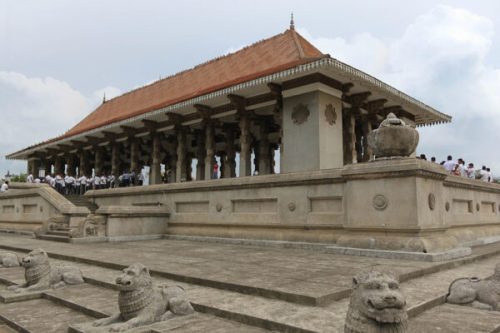
Gangaramaya Temple
The Gangaramaya Temple is one of Colombo’s oldest and most important cultural landmarks. It is located in the city’s center, close to the Beira Lake side. Hakkaduwe Sri Sumangala Nayaka Thera, a well-known scholar monk, founded the temple in the late 19th century. Today, the temple serves as a place of prayer, a place of study, and a hub for culture.
The Gangaramaya Temple’s architecture demonstrates a unique fusion of Sri Lankan, Thai, Indian, and Chinese style. The structure also has a museum, library, residential hall, and educational hall. The temple is not just a house of worship. The Gangaramaya Temple serves as a training facility where students daily attend for their vocational training programs.
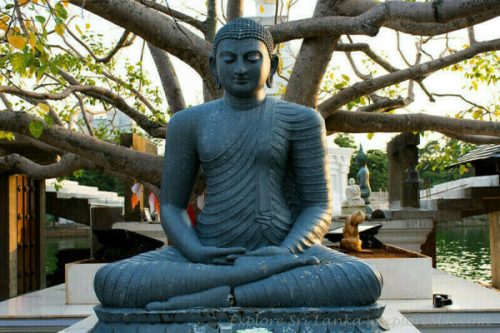
Seema Malakaya
A tranquil Buddhist temple with a captivating perspective of the city, Seema Malakaya is situated on floating platforms in Colombo’s Beira Lake. Rather than for worship, the temple is mostly utilized for relaxation and meditation.
It was first built in the 19th century as one of the Gangaramaya Buddhist Temple’s outside constructions, but once the previous structure started to sink, Geoffrey Bawa rebuilt it in 1976. The old monasteries in the Ritigala and Anuradhapura woods served as inspiration for the temple’s style.
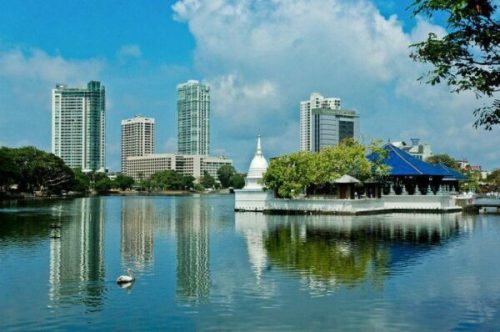
Kelaniya Temple
The Kelaniya Raja Maha Vihara, often known as the Kelaniya Temple, is a Buddhist temple located seven miles from Colombo. Buddhists believe that Lord Buddha paid a visit to the temple on his third and last tour to Sri Lanka. Thus, it would have a history that goes back to 500 BC.
According to the Mahawansa, the original Kelaniya Stupa included a jewel-encrusted chair where the Buddha gave sermons. Although the temple was in full bloom during the Kotte period, much of its territory was taken under the Portuguese rule. However, during the Dutch era, additional grants of land were given, and the temple was reconstructed with the support of King Kirthi Sri Rajasingha.
The temple is renowned for its statue of the curled-up Gautama Buddha as well as paintings by Sri Lankan artist Solias Mendis, which show significant occasions in the Buddha’s life and the development of Buddhism in Sri Lanka.
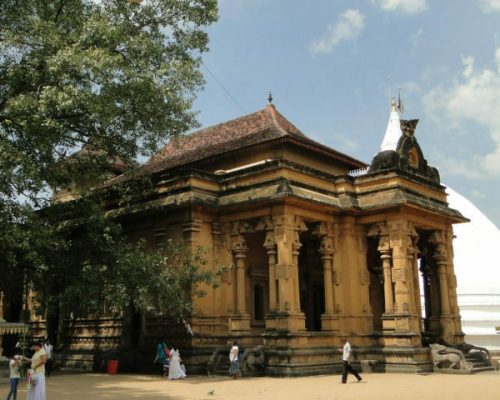
Old Dutch Hospital Colombo
The Dutch Hospital Colombo is a popular hangout in Colombo, offering a variety of nice restaurants with both indoor and outdoor seating, pubs, and gift stores. You can simply ride a tuk tuk or walk there because it’s in the middle of Colombo. The finest times to go are in the evening and for supper.
The Old Dutch Hospital , constructed by the Dutch some time in the late 17th century, is one of the older structures in the Colombo Fort district. It was built to oversee the health and welfare of employees working for the Dutch East India Company. The structure’s 50 cm-thick brick walls are an example of Dutch architecture from that time.

Khan Clocktower
The Khan Clock Tower, which marks the entrance to Pettah Market, is a prominent landmark Build by Framjee Bhikhajee Khan’s family in the early twentieth century. This Parsi family was from Bombay, India, and controlled the well-known Colombo Oil Mills, as well as other economic interests in Ceylon, as Sri Lanka was known at the time.
The clock tower also had a functional water fountain, which is no longer operational. The Tower is around four stories tall and sits on a manicured roundabout near the entrance to the famed market.

Pettah Shopping District
The Pettah Market, also known as Manning Market, is a public market located in the Colombo, Sri Lanka. Being one of Colombo’s busiest areas, the place may initially appear a little hectic, but if you know what to buy on which street, you’ll be able to leave with some great items at surprisingly affordable costs. The variety of things available ranges from technology to fashion accessories, and market sellers provide anything from seasonal fruits and vegetables to seafood and meat.
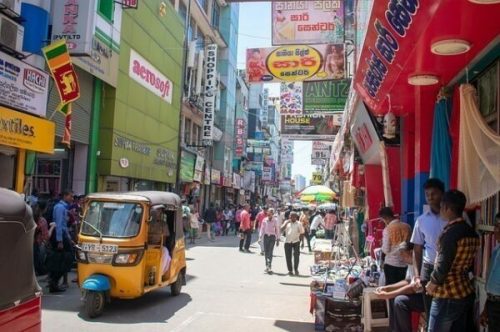
National Museum of Colombo
The Colombo National Museum, often known as the Sri Lanka National Museum, was founded in 1877. The replacement structure was finished in 1980. It is a two-story white European-style structure with more than 20 show spaces.
The Colombo National Museum exhibits valuable cultural treasures from many historical eras in Sri Lanka, including the armor of the last King of Kandy, the throne of sinhalese, and Chinese porcelain discovered in various locations.
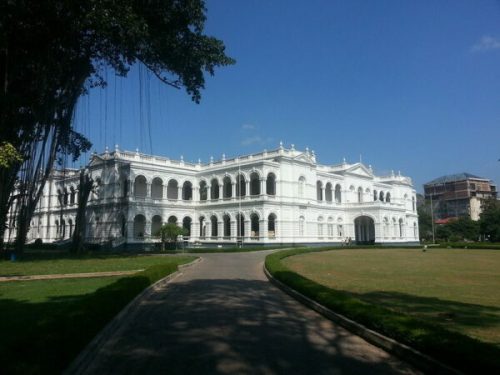
Colombo Dunes ATV Track
The Colombo Dunes ATV track, which spans three 2-kilometer racetracks and around 05 acres, is situated near Port City Colombo. The excursion stands out since it entails having an exclusive beach ride on Sri Lanka’s first man-made beach as well as riding ATVs through sand dunes.
In Colombo Dunes, there are three unique adventure routes that range in difficulty from beginner to expert. No prior experience is necessary for visitors to the adventure center, although they must sign a disclaimer, and those who are unfamiliar with acceleration and braking mechanisms will get instruction.

One Galle Face Mall
One Galle Face Mall is one of the major shopping malls in Colombo, Sri Lanka. The contemporary architecturally planned complex includes a large shop area, a leisure area, a food court, a kids’ play area, and on-site parking spots. One Galle Face Shopping Complex is the ideal location in Colombo if you’re looking to shop or have fun.
The mall also houses a series of modern movie theaters. You must make time to attend movies in this cutting-edge theater if you love doing so. In addition, the One Galle Face Shopping Complex has four event spaces, an art gallery, three play areas, a café, and a play area called Adventure Zone.
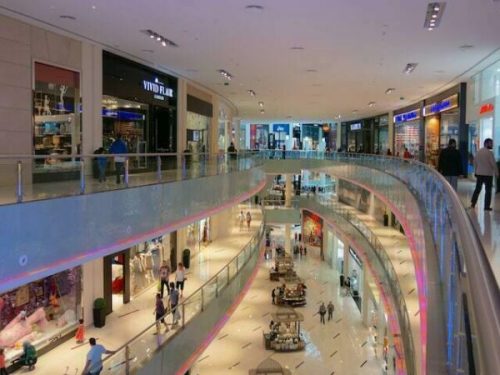
Ministry Of Crab Restaurant
If you love crab and consider yourself to be a true foodie, you must dine at Ministry Of Crab. Following its inclusion on a list of the Top 50 Restaurants in the World, this restaurant makes a striking entry into the top seafood restaurants in Colombo. The restaurant is located within a wonderfully restored, almost 400-year-old Dutch hospital that is close to the port city of Colombo.
Visitors may get a taste of the excitement of an approaching crab meal by sitting at big community tables with a view of the kitchen or on the veranda, where the patio comes alive at night.
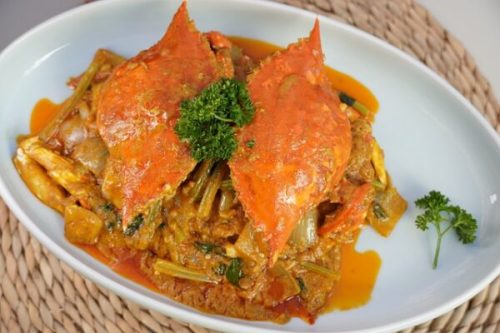
Port City Marina Promenade Public Walking Path
Port City Sri Lanka Marina Promenade, a walking path, is the newest addition to the best places to visit in Colombo, and it will appeal to both locals and visitors. Spending a few hours wandering along the Port City Marina Promenade during your Sri Lanka family holiday might help you relax more.
Port City Colombo’s walking pathway is also a great place for physical exercises. The expansive landscapes and extensive walking trail are perfect for both solitary and group workout activities.
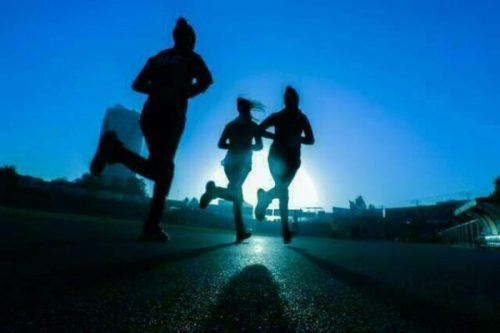
Image courtesy of Umedha S. I. Hettigoda, Vikalpa | Groundviews | Maatram | CPA, Ankur Panchbudhe, Amila Tennakoon, Explore Sri Lanka, Suranga D Wijeratne, mehlam via creative commons licenses. some rights reserved.
We hope you enjoyed this blog on 20 Best Places to visit in Colombo!. If you have any questions please send us a message on our website or leave a comment below so that we can respond!
